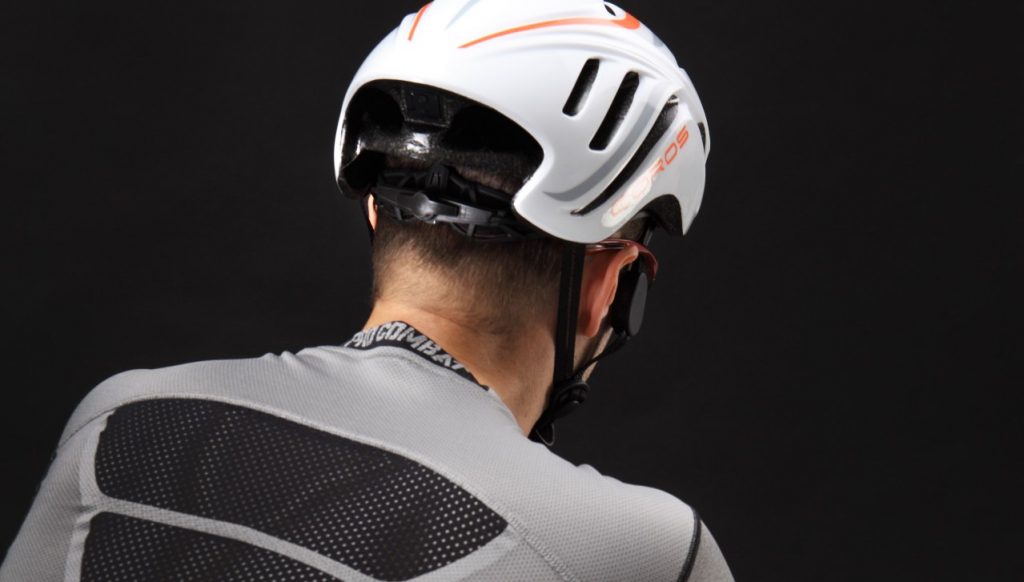If you’re trying to lose weight, chances are it isn’t going to get done unless you’ve set realistic goals. While rapid weight loss is tempting when you take up a sport like cycling, so is burnout. Since the long-term goal should be to get down to a certain weight and keep the pounds off, losing weight the right way is key.
Once you have a goal, you’ll want to keep track of the progress you’re making. Having a way to keep track of the miles you’re riding, calories you’re burning and your average speed makes it easy for you to see improvements in your overall fitness and progression toward your goal. The MapMyRide app not only provides you with GPS maps so you don’t get burned out riding the same route over and over, it also provides you with these basic metrics and a way to keep track of your weekly ride time, distance and calories burned.
Strength training also prevents common overuse injuries and helps you burn calories more efficiently when you are on the bike. Since cycling is a leg predominant exercise, it’s common to lose muscle in the upper body along with fat around your waistline. Since less overall muscle volume makes it more difficult to burn calories, make sure to do some upper-body exercises, too — especially during the colder, winter months when you aren’t cycling as much.
After your ride and for the rest of your daily meals, resist the urge to eat a large portion of your calories in one sitting. Instead, aim to eat smaller meals more frequently — ideally every 3–4 hours. This helps you maintain steady metabolism, makes it easier to digest your food and helps you avoid spikes and dips in your blood sugar that can affect your energy levels.





























